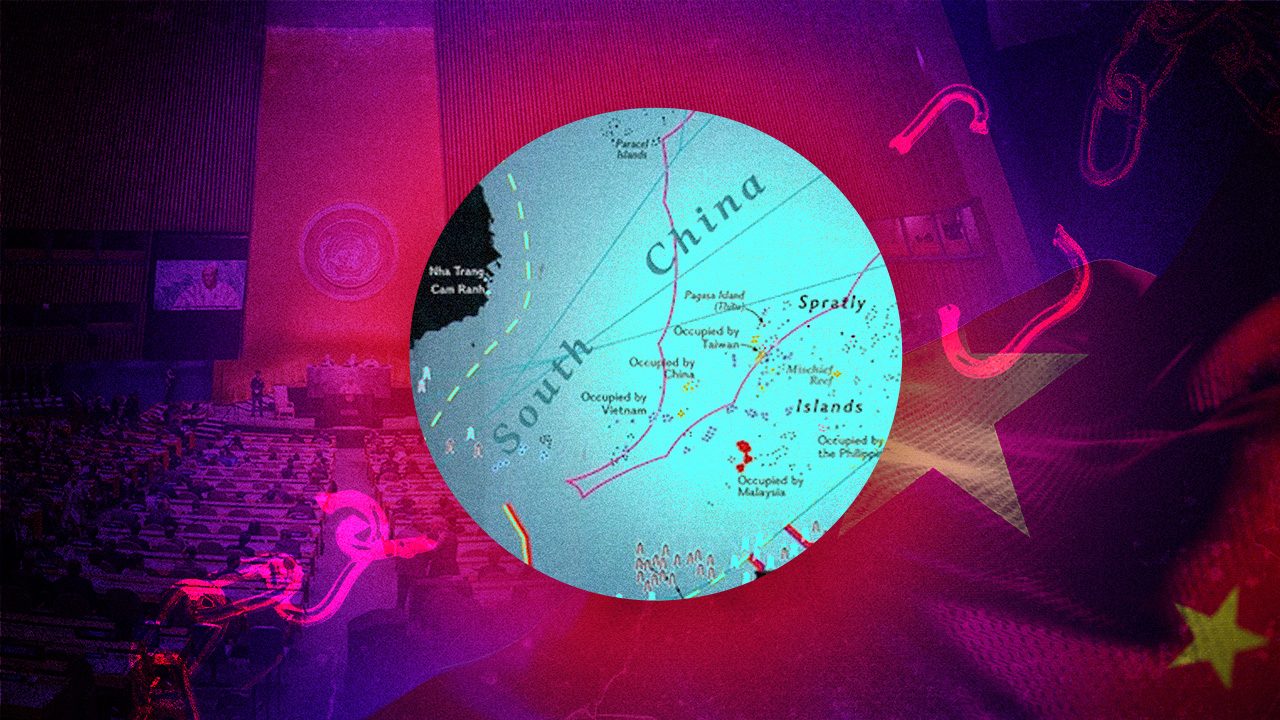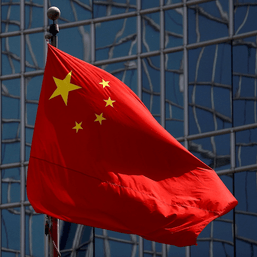SUMMARY
This is AI generated summarization, which may have errors. For context, always refer to the full article.

The following are the remarks of retired Supreme Court justice Antonio T. Carpio at the forum on the High Seas Treaty sponsored jointly by the Stratbase ADR Institute and the Japanese embassy on February 8, 2024. We are publishing with permission.
The High Seas Treaty was approved by the UN General Assembly last June 19, 2023. It has been signed by over 85 states, including China and the Philippines, and is now open for ratification. The High Seas Treaty is intended to conserve marine biodiversity, and ensure sustainable use of the natural resources, in the High Seas and the seabed beyond national jurisdiction.
Under the UN Convention on the Law of the Sea or UNCLOS, the High Seas start seaward from the outer limit of the exclusive economic zone. The water column in the High Seas, and the living resources found in such water column, belong to the common heritage of mankind. The non-living resources in the seabed of the High Seas beyond national jurisdiction, occupying what is called in UNCLOS as the AREA, also belong to the common heritage of mankind.
About 25% of the South China Sea are High Seas, which means the High Seas Treaty unquestionably applies to the South China Sea. However, under China’s 10-dash line, the High Seas and the seabed of the High Seas beyond national jurisdiction are baselessly claimed by China as its national territory. In short, China denies that there are High Seas in the South China despite compelling physical and legal evidence to the contrary. China’s 10-dash line encloses about 85.7% of the South China Sea.
In China’s 10-dash line map published in 2023, the 10 dashes are labeled as the “International boundary” of China. Thus, what is enclosed within the 10-dash line is allegedly China’s national territory, including the entire High Seas of the South China Sea. Consequently, China also claims all the mineral resources in the seabed enclosed by China’s 10-dash line.
In effect, the High Seas Treaty, which China signed last 2023, does not apply to the High Seas of the South China Sea, in the same manner that, in China’s view, UNCLOS does not apply to maritime areas of the South China Sea within China’s 10-dash line.
To counter China’s baseless interpretation that the High Seas Treaty does not apply to the South China Sea, the states that ratify the High States Treaty should expressly declare in their instrument of ratification that the High Seas Treaty applies to the South China Sea. Such declaration will be in accordance with the ruling of an UNCLOS tribunal in its July 12, 2016 Arbitral Award in the South China Sea Arbitration.
Under China’s own interpretation of international law, the High Seas Treaty is DOA – dead on arrival in the South China Sea. China will thus apply its own interpretation of international law in accordance with its new Coast Guard Law, which clearly violates the foundational principle of the UN Charter.
Under the UN Charter, all disputes between states should be settled by peaceful means through negotiation, mediation, arbitration or judicial settlement. More importantly, the UN Charter outlaws the threat or use of force in settling disputes between states.
China’s new Coast Guard Law authorizes China’s Coast Guard to use all necessary means, including the use of force like firing cannons and automatic weapons, on foreign ships that infringe on China’s jurisdictional waters, which include waters enclosed by China’s 10-dash line. These jurisdictional waters of China include large areas of the exclusive economic zones of Vietnam, the Philippines, Malaysia, Brunei and Indonesia, as well as the entire High Seas of the South China Sea.
China’s new Coast Guard Law, by itself, is a threat of force on all coastal states whose exclusive economic zones overlap with China’s expansive and baseless 10-dash line. China’s new Coast Guard Law is also a threat of force against all states that want to enforce the High Seas Treaty in the High Seas of the South China Sea.
Thus, China is violating not only UNCLOS, and not only the UN Charter, but also the recently signed High Seas Treaty.
The victims of China’s maritime imperialism are not only the coastal states around the South China Sea, but also all the nations of the world that, under UNCLOS, are the legal owners of the South China Sea’s High Seas as these form part of the common heritage of mankind.
What should the rest of the world do in the face of China’s blatant violation of the UN Charter, UNCLOS and the High Seas Treaty? The rest of the world should make a clear and unified stand on three matters:
First, that China, by seizing the High Seas in the South China Sea, as well as the mineral resources in the seabed of such High Seas beyond national jurisdiction, is committing a grand theft of the common heritage of mankind.
Second, that China, by seizing the exclusive economic zones of coastal states in the South China Sea, is in gross violation of UNCLOS.
Third, that China, by threatening to use force to enforce its claim to the South China Sea’s High Seas and its seabed beyond national jurisdiction, as well as to the exclusive economic zones of other coastal states in the South China Sea, is in gross violation of the foundational principle enshrined in the UN Charter.
To preserve peace and stability in the South China Sea, and in the entire Asia, all the nations of the world should work together to stop China from violating the UN Charter, UNCLOS, and the High Seas Treaty.
Finally, all states that ratify the High Seas Treaty should expressly declare in their instrument of ratification that the High Seas Treaty applies to the South China Sea. – Rappler.com
1 comment
How does this make you feel?









Thanks to retired Supreme Court justice Antonio T. Carpio for his ideas on what should be done about China’s blatant violation of the UN Charter, UNCLOS, and the High Seas Treaty. The problem is whether President Marcos Jr. will listen to and adopt such ideas.